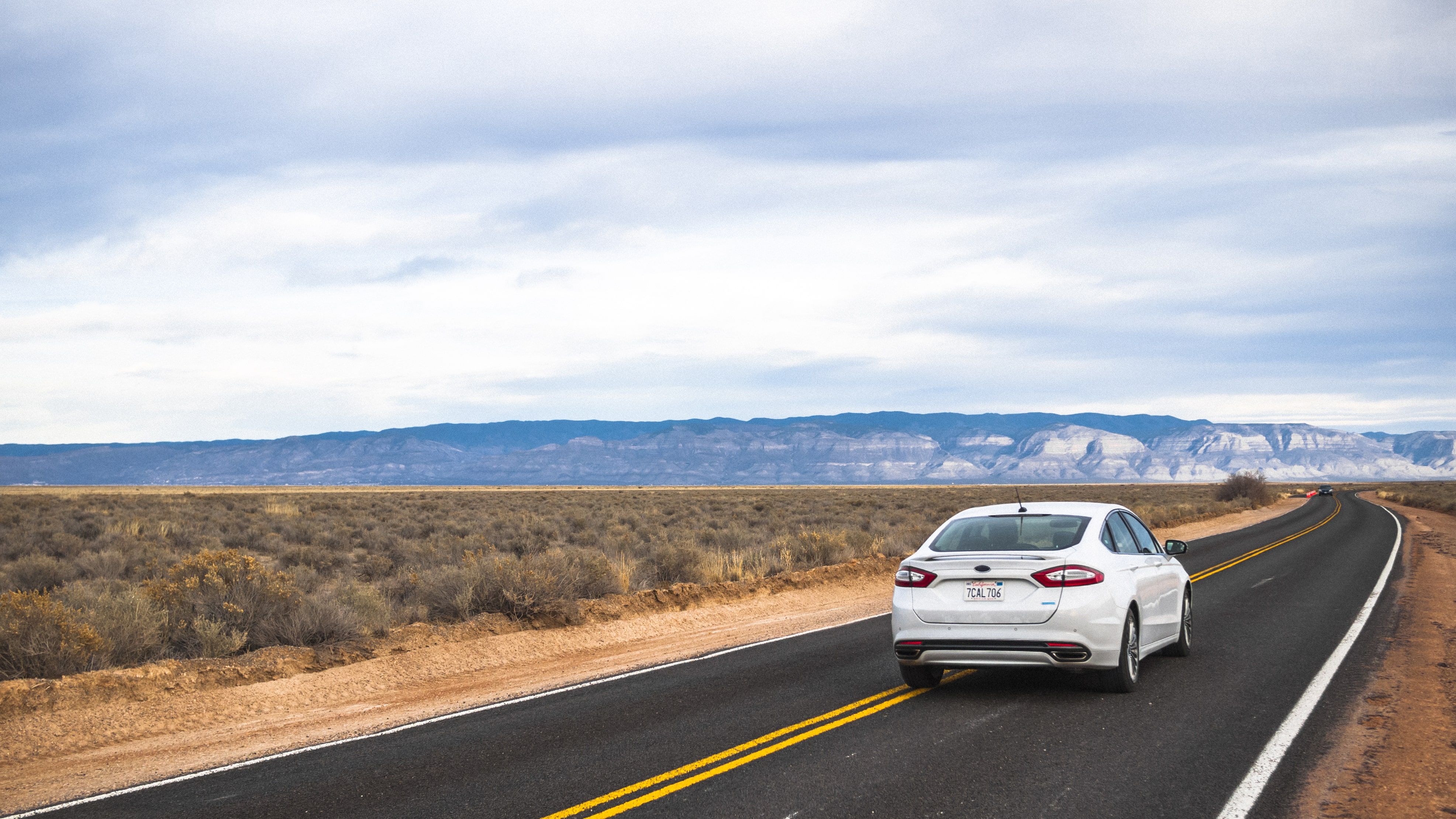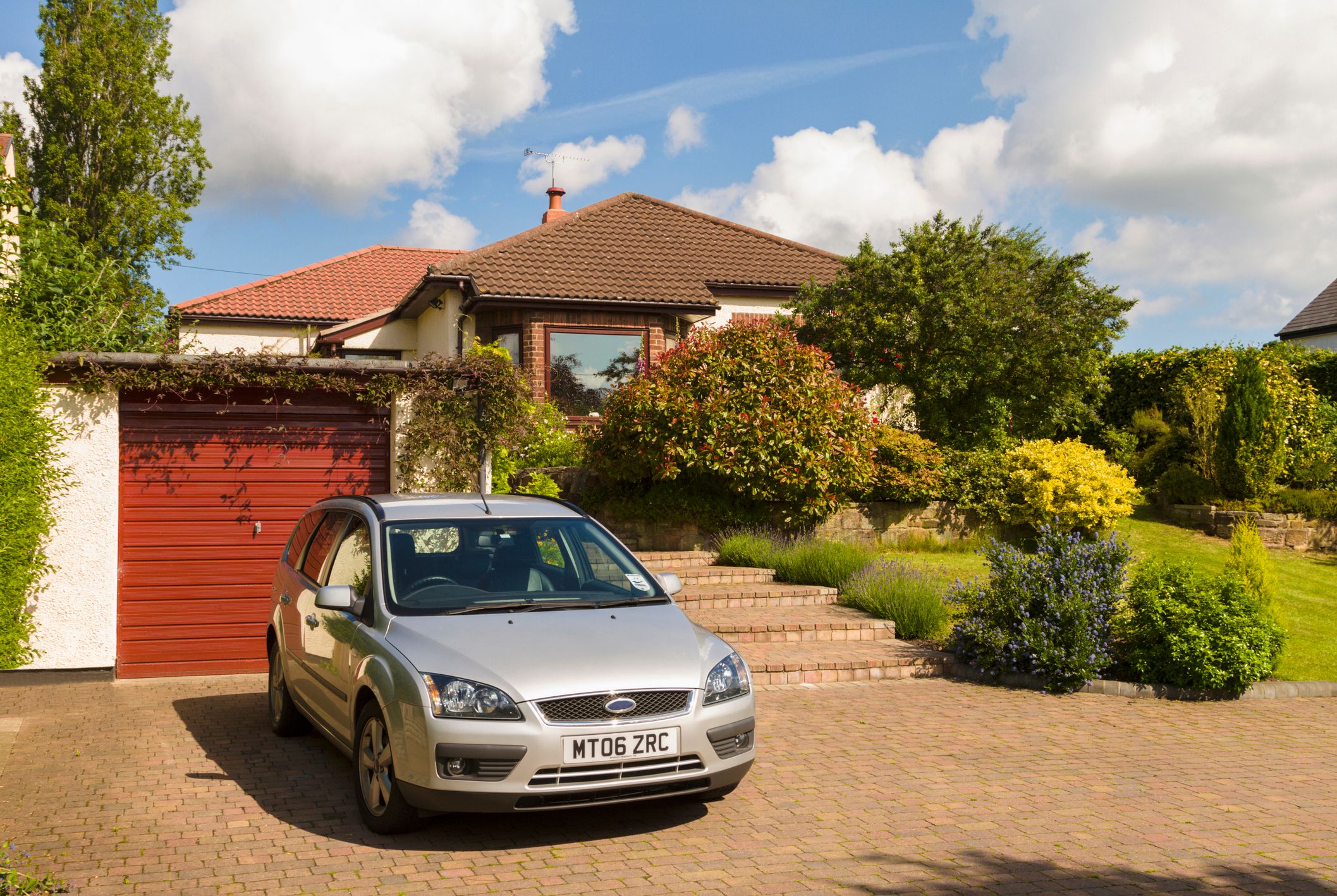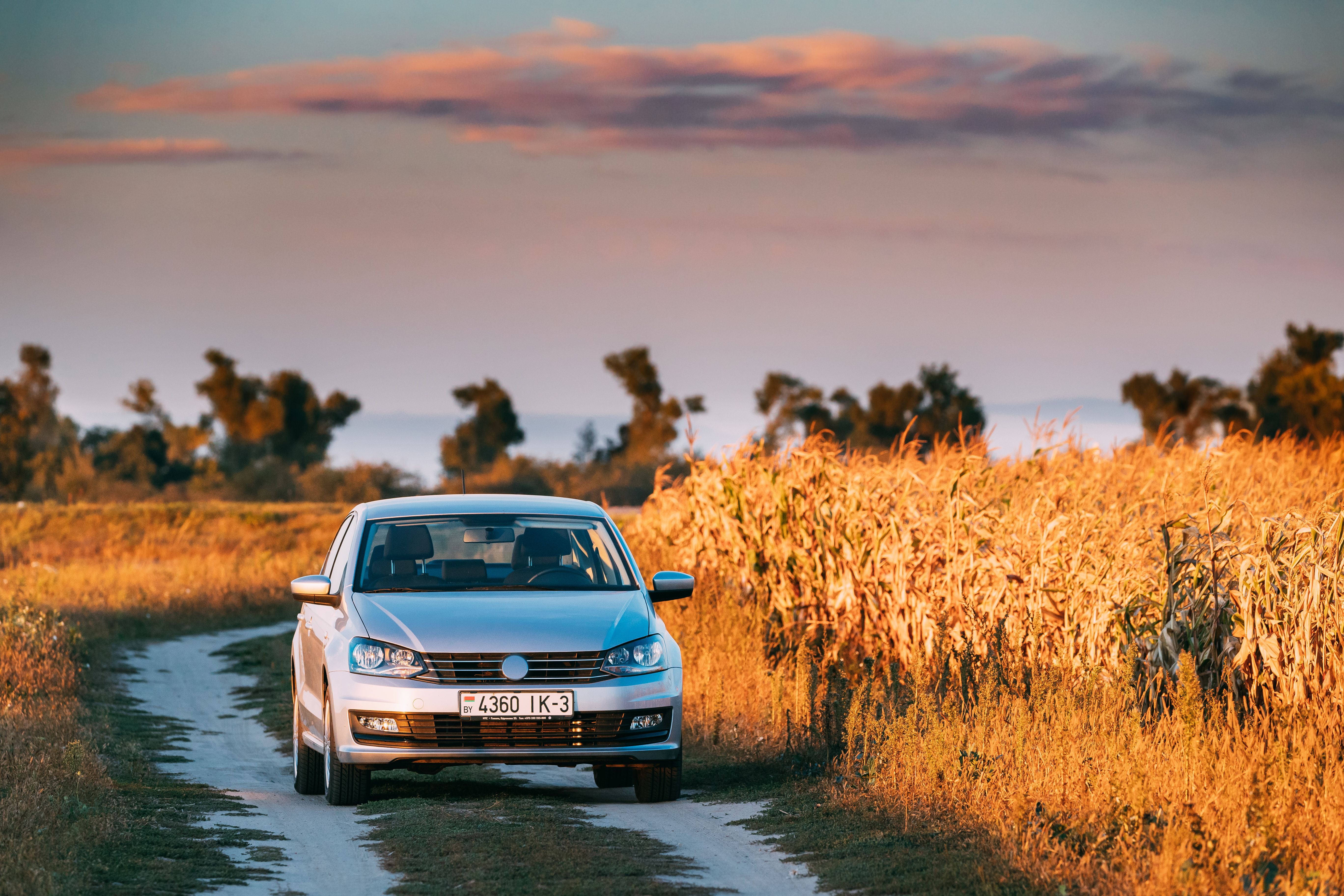Secure Your Car With The Super Car Insurance Plan!
Believe it or Not! Save upto* 75% on TATA AIG Car Insurance
Secure Your Car With The Super Car Insurance Plan!
Believe it or Not! Save upto* 75% on TATA AIG Car Insurance
What is Cruise Control in a Car?
- Author :
- TATA AIG Team
- ●
- Last Updated On :
- 01/03/2025
Driving your car on a long and leisurely journey can be fun! Ideally, it should be all about being at ease behind the wheel and not exerting yourself to maintain a steady speed throughout the drive. But for most of us, controlling the car's speed means using the accelerator a little more than necessary. But is there a solution to avoid this issue? Yes, the cruise control feature in your car can certainly take away from your lovely drive. Here is all you need to know about cruise control meaning, cruise control usage and how it works.
What is Cruise Control?
Cruise control, or speed control, is a feature in most modern cars that allows you to set and maintain a preferred speed without applying the accelerator pedals ever so often. The term is also called auto cruise since the cruise control system automatically adjusts the throttle to maintain the speed you want with the help of buttons/switches on the dashboard or the steering wheel.
Simply put, your car will run at a certain speed, and your intervention is the least needed, making your long drives even more comfortable and effortless. Read on to learn more about cruise control usage and application.
How Does Cruise Control in a Car Work?
Cruise control in a car works through sensors and actuators that help regulate the vehicle's speed. The cruise control system comprises a control module, a throttle control, a speed sensor, and a set of buttons or switches on the steering wheel or dashboard, as mentioned above.
When you activate the cruise control, the control module will signal the throttle control to maintain a constant engine speed. This speed sensor continues monitoring the vehicle's speed and sending feedback to the control module, which adjusts the throttle as needed to maintain the desired speed.
If you press the brake or the accelerator, the cruise control system will be temporarily disabled. Some advanced
cruise control systems may also comprise additional features, such as adaptive cruise control, which adjusts the vehicle's speed based on the traffic around it, and collision avoidance systems, which can automatically apply the brakes to prevent a crash. This feature, different from the cruise control in automatic cars, is available in most high-end cars but is now available in many other cars.
How to Use the Cruise Control Feature?
Before using cruise control in a car, remember that the system is not intended to be used in adverse weather situations. For example, if it rains heavily, avoid driving at high speed, given poor visibility and unpredictable road conditions. Keeping that in mind, these are the steps to use cruise control:
- Check the vehicle's manual to see if it has cruise control and to understand the exact location and operation of the cruise control buttons or switches.
- Ensure that the vehicle travels at a steady speed on a straight road, as cruise control is not recommended for use in stop-and-go traffic or on winding roads.
- Locate the cruise control buttons or switches on the steering wheel or dashboard, and press the button or switch to activate the cruise control.
- Use the accelerator pedal to reach the desired speed, and then press the set button or switch to engage the cruise control at that speed.
- The cruise control system will automatically regulate the throttle to maintain the set speed.
6.To adjust the set speed, use the buttons or switches on the steering wheel or dashboard to increase or decrease the speed or to turn off the cruise control entirely. - Remember that the cruise control system will temporarily disengage if you press the brake pedal or if you need to manually control the throttle to avoid an obstacle or change lanes.
The specific steps to use cruise control cars in India may vary depending on the vehicle's make, model, and year, so it is always recommended to consult the vehicle's manual for complete instructions.
Safety Precautions to Follow When Using Cruise Control?
Here are some key safety precautions to keep in mind while using cruise control in a car:
- Keep your hands on the steering wheel: Always keep your hands on the steering wheel and be ready to take manual control of the vehicle at any time.
- Maintain awareness of your surroundings: Keep an eye on other vehicles, road signs, and changing road conditions, and be prepared to disengage the cruise control and take manual control of the vehicle if necessary.
- Monitor speed limits: Always monitor your speed and adjust the cruise control accordingly to avoid excessive speed and penalties or fines.
- Avoid using cruise control in inclement weather: Do not use cruise control in heavy rain, snow, fog, or other conditions that affect visibility and traction.
- Avoid over-reliance on cruise control: Do not become too reliant on cruise control, and always be prepared to take manual control of the vehicle in an emergency.
- Regularly monitor vehicle performance: Regularly monitor the vehicle's performance and promptly address any issues or warning signs. If you notice any changes in the vehicle's handling or performance, disengage the cruise control and have the vehicle inspected by a professional mechanic.
- Avoid sudden braking: Avoid sudden braking while using cruise control, as this can cause the vehicle to slow down too quickly and potentially result in a collision with another vehicle.
Is Car Insurance Essential for All Cars In India?
Whether your car has cruise control or not, you need at least a third-party car insurance plan for your four-wheeler. This is a mandatory requirement under the Motor Vehicles Act, 1988, which ensures that the third party car insurance plan covers damages to third-party property and life in case of an accident involving your insured car.
In addition to the mandatory third-party liability insurance, you can also opt for a comprehensive four-wheeler insurance plan, which provides coverage for own-damage to your four-wheeler, and protection against a range of accidental, natural and human causes of damages. A personal accident plan and add-on covers can also be added to your comprehensive car insurance plan, which offers a higher degree of protection compared to third-party insurance. With Tata AIG, you can compare car insurance online and select a policy that is most suitable for your car’s needs.
As far as cruise control is concerned, it is considered a safety feature in a vehicle and can sometimes be viewed as a positive factor in determining the premium. However, the exact impact of cruise control on the insurance premium will depend on the specific circumstances of the policyholder and the vehicle.
Conclusion
As you can see, cruise control is a safety feature in your car that helps you drive better and save a lot of effort on long road trips. One of the most salient features of cruise control is that it works with manual transmission cars and automatic transmissions, albeit with a difference, given that the two transmission systems are also different. And regardless of whether or not your car has a cruise control feature, ensure that you give it the most suitable protection against damages with a good car insurance policy!
Disclaimer / TnC
Your policy is subjected to terms and conditions & inclusions and exclusions mentioned in your policy wording. Please go through the documents carefully.



